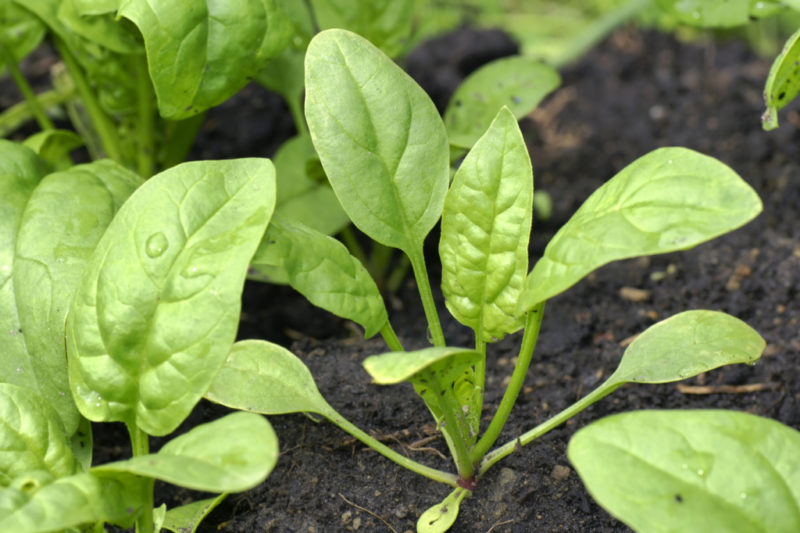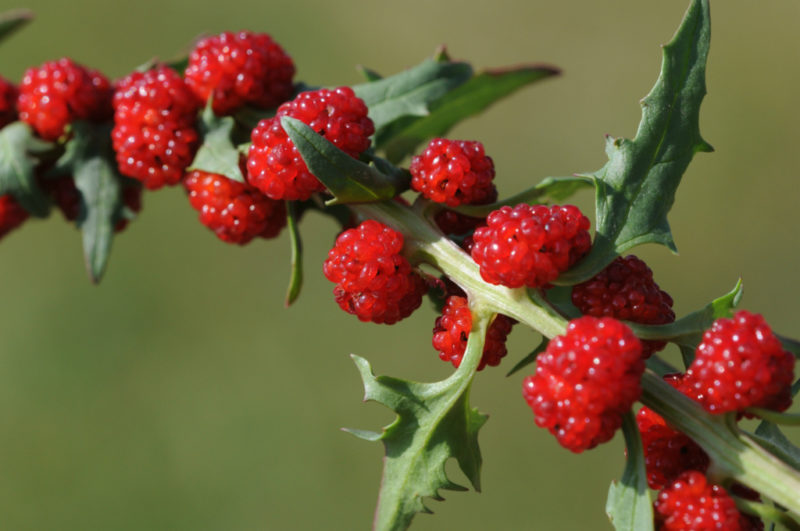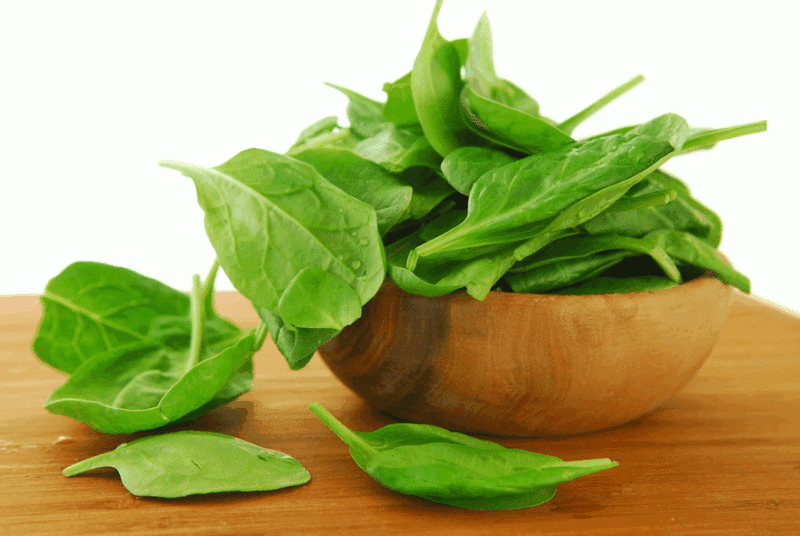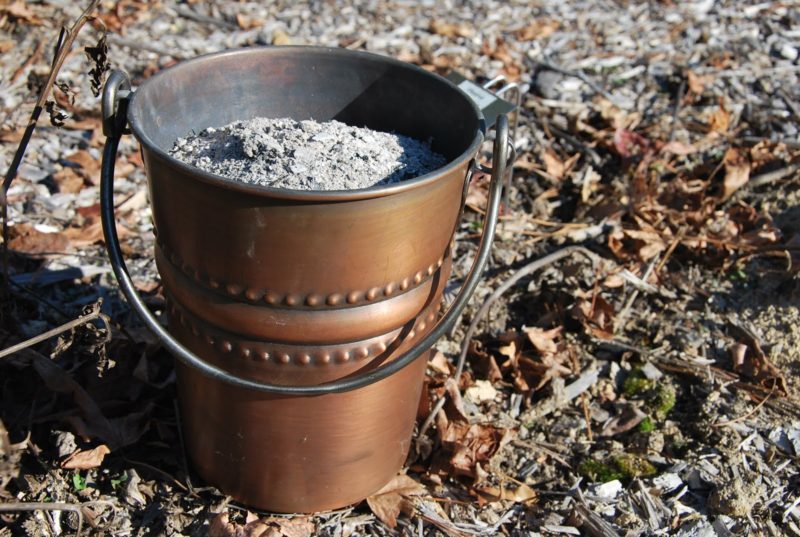Even in tiny areas, gardeners manage to harmoniously place all kinds of vegetables, herbs, berry bushes. Every year the assortment is replenished with new varieties, and some of them are not quite suitable for growing without a greenhouse. Growing spinach in the open ground has just begun to be practiced, and it quickly gained popularity among gardeners, because despite concerns, the plant feels great and, with proper care, spinach quickly builds up a fleshy green mass.
Material Content:
- 1 Growing spinach in the garden: basic requirements
- 2 When to start spinach planting and how to do it right?
- 3 Features of growing strawberry spinach
- 4 Spinach Care: From Planting to Harvest
- 5 Tips to Know When Growing Spinach from Seeds
- 6 Which plants in the neighborhood get along well with spinach
- 7 Which pests and diseases can threaten spinach
Growing spinach in the garden: basic requirements
Spinach is an amazing plant, in some countries it is considered a weed and ruthlessly destroyed, in others it is tenderly looked after, trying to save each leaf. The homeland of the green vegetable is the Middle East, where he freely lives in warmth and comfort. In cooler latitudes, some efforts will have to be made to provide the plant with the necessary conditions.

What will a green plant need to please a harvest of delicious leaves?
There are very few requirements:
- regular generous watering;
- bright sunny area;
- timely weed removal;
- the introduction of nutrients;
- light fertile soil.
If you do everything in a timely manner and avoid annoying mistakes, the beautiful spinach will certainly become one of your favorite plants.
When to start spinach planting and how to do it right?
Unlike most vegetables, planted in the spring or before winter, spinach can be planted throughout the year (excluding winter). In autumn, it is recommended to send a plant to the garden only in regions with a temperate climate, and cover is required.
It is interesting: beneficial properties of spinach
It is better to give preference to spring planting - green leaves will be on the kitchen table throughout the warm season.
Summer planting has its own characteristics: plentiful watering before planting and covering the beds with mats to accelerate the appearance of sprouts.
Sowing should be carried out in shallow grooves (up to 3 cm deep). Aisles should not be left wide, 30-35 cm is enough. Rolling should be the final stage of sowing - this will keep the moisture necessary for the emergence of friendly shoots.
Features of growing strawberry spinach
The curiosity of many gardeners is caused by strawberry spinach, because this curiosity has recently become popular among lovers of exotic garden beds. As in ordinary spinach, only leaves are valuable here (they manage to grow more than half a meter in length), while berries, despite the abundance of nutrients, are not particularly popular - they are completely tasteless.

The plant is completely undemanding to the soil, it can be grown even on loams or sandstones, although the yield will be slightly worse than on chernozems. Planting is usually done in the spring, but seeds sent in the fall are able to give small outlets to persistent cold weather. Before winter, they will get stronger, and a thin cover is enough so that with the advent of spring the plant will start growing and already in the beginning of summer will please with juicy large leaves.
Agrotechnics of strawberry exot differs little from caring for ordinary spinach. Watering and weeding are obligatory, nutrient additions will not be superfluous. The only difference is that you have to tie up the bushes, otherwise they will lie on the bed under the weight of the berries.
Spinach Care: From Planting to Harvest
How does spinach planting begin? Growing any vegetable culture, it is important to choose the right variety, and green exot is no exception. Gardeners already have their favorite varieties of spinach, time-tested and pleasing with an abundant harvest of succulent leaves.
You can safely grow such varieties on the garden:
- Matador;
- Victoria;
- Greasy leaf;
- Godry
- Wirofle.
Each of these varieties feels great both in the greenhouse and in the open ground.
How to properly prepare the soil for sowing
Despite the undemanding nature of spinach, it is impossible to grow a good crop of leaves without top dressing, but experienced gardeners who have made friends with the plant are advised to make their life easier by adding nutrients before planting. It is better to prepare the garden 2-4 weeks before sowing the seeds.
On a square meter of beds it is enough to make 4-6 kg of good humus. The plant does not really respect fresh organic matter - the leaves will grow large, but lose their meatiness. If the soil is very poor, you can also add before digging a good handful of potash and phosphorus fertilizers.
Spinach has the ability to accumulate nitrates, so it is better not to use nitrogen fertilizers
Fertilizing and watering - how to avoid mistakes
Spinach loves moisture, but in hot summers it can also please fleshy leaves. If the weather does not spoil the rains, several times a month you will have to arm yourself with a watering can and treat your plants with abundant watering. Water must first stand in the sun - cold moisture can cause illness and destroy the entire garden.

Usually, spinach has enough useful elements that have been introduced into the ground when preparing the beds. If the plant grows slowly and reluctantly builds green mass, you can feed it with urea. It is simple to prepare a nutrient solution - dissolve 15-20 g in a bucket of water.urea and water the garden (first thoroughly moisten the ground). It is better not to add phosphorus and potassium during the growth period - the plant will quickly throw arrows.
When can I pick leaves
It is important not to miss the collection of leaves - if you are late, they will lose their juiciness, become coarser, tasteless. It is better to go to the garden for the harvest in the morning, but only in dry weather - excess moisture in the soil causes fragility and fragility of the leaves.

You can start harvesting only after spinach has grown at least six beautiful large leaves (usually this occurs 9-11 weeks after planting). You can cut the entire outlet or tear it out of the ground along with the root, but most gardeners prefer to constantly have fresh leaves on the table, collecting them as they grow.
Tips to Know When Growing Spinach from Seeds
Do not assume that it is enough to send the seeds to the ground to wait for the excellent spinach harvest. There are several secrets that will help to get succulent large leaves.
The first thing to remember is that two sprouts grow from a round seed, which grow quickly, one of them should be removed. Thinning after the appearance of the second leaf will help to get a healthy plant that does not have to share nutrients and moisture with a neighbor. The ideal distance between plants is at least 15 cm. Before thinning the soil should be generously watered - the roots of spinach are very fragile, they are easy to damage.

Growing spinach from seeds also includes frequent loosening, especially until the plant throws up to 5 leaves. Along with loosening, weeding is carried out - malicious weeds are able to drown fragile sprouts.
Which plants in the neighborhood get along well with spinach
Spinach lovers for their exotic beauty usually take large beds, especially if the size of the garden allows. Owners of tiny pieces of land should not be upset - spinach perfectly adjoins any vegetable crops, you can even plant it between rows of onions or carrots. With caution, spinach should be grown near cucumbers or zucchini - long lashes can break fragile leaves.

Spinach can be grown even in the garden by preparing a small bed. The shadow of large trees is not an obstacle for the plant, but planting should be done so that at least a few hours a day the sun's rays penetrate the leaves. Otherwise, the crop will be rather scarce.
Which pests and diseases can threaten spinach
Spinach has quite a few enemies, and if the gardener fails to respond to the threat in time, he may lose his crop completely. The main enemy is the ubiquitous aphid. It is not recommended to fight chemicals with it, since many harmful substances can remain in the fleshy leaves.
It is better to resort to folk methods:
- A decoction of ash (300 grams of wood ash pour 6 liters of boiling water, leave for 2 hours, treat the plants abundantly).
- Infusion of wormwood (grind 400 g. Of leaves of wormwood, pour 5 liters of water, stand for 24 hours, spray).
- Soap solution (dissolve 2 bars of laundry soap in 5 l of water, spray the plants).

Snails also do not mind, enjoy delicious leaves, in a few days with a large accumulation of the pest, you can lose the entire crop. Simple traps will help here, which you can make yourself. To do this, take plastic bottles, cut the bottom, dig in the beds with spinach, trying to ensure that the edges of the trap do not rise above the ground. It remains in the evening to pour a little beer into the trap, which will certainly attract pests. In the morning, you can collect a "crop" of snails that could not get out of the plastic cup after the feast.
Of the diseases, spinach can be threatened by powdery mildew. It is necessary to deal with it even when planting the plant - it is important to place the bushes at the required distance. Dense planting is the main cause of the disease.With a small infection, you can try to sprinkle spinach with whey or infusion of garlic (insist in 3 l of water 100 gr. Garlic for 2 days).
Root rot can also lead to the death of spinach. Measures that will help to avoid the disease - timely loosening of the soil, thinning of the stands. The use of chemicals is not recommended - if the disease could not be avoided, the plant can no longer be saved.












